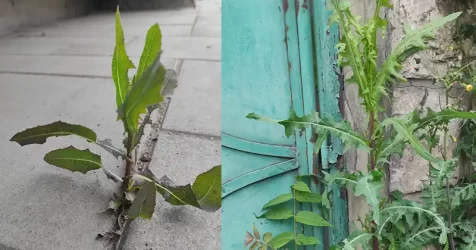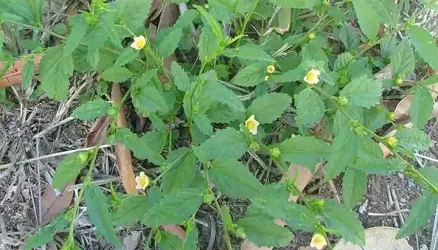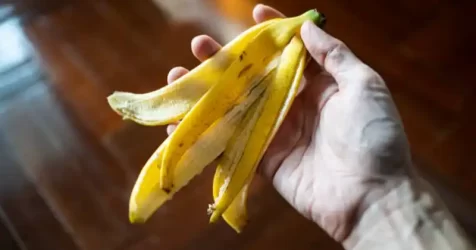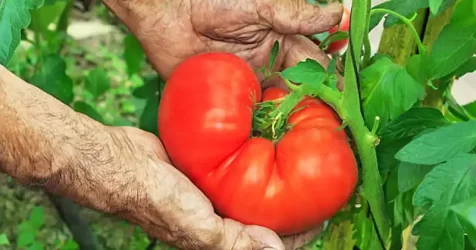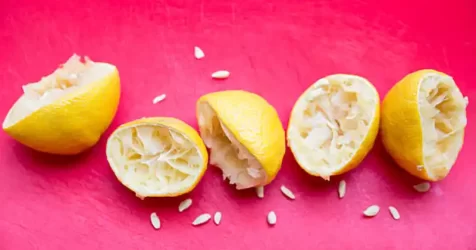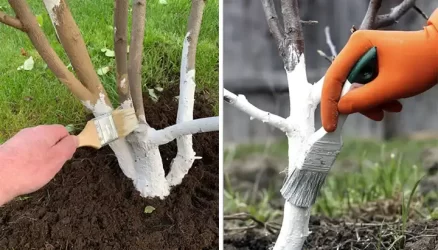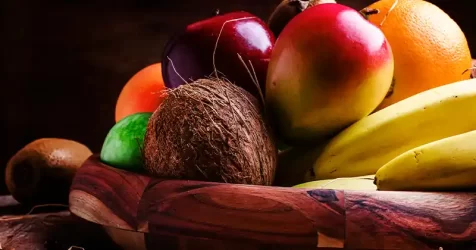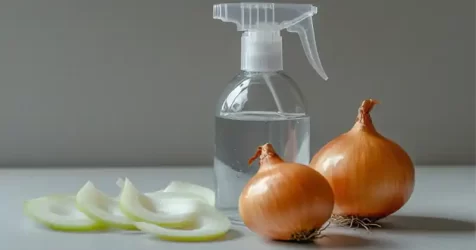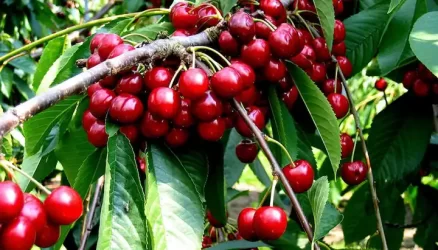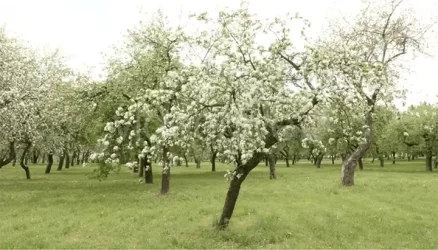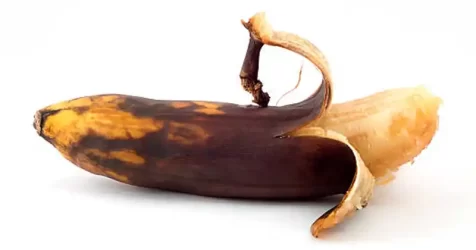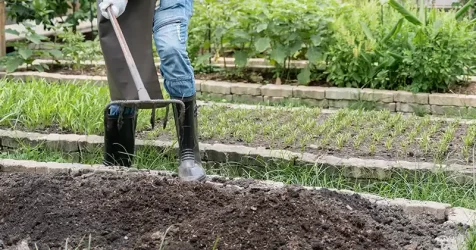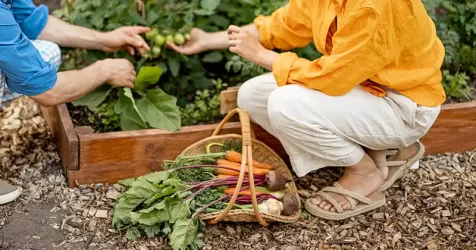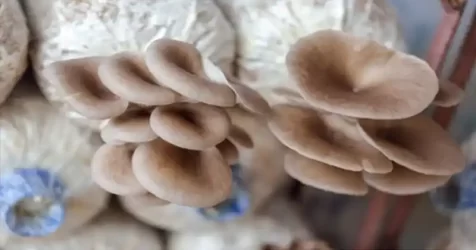How to Multiply Your Lemon Tree with the Power of Aloe Vera and Turmeric

Unlock the secret to propagating your lemon tree with an innovative technique that blends the soothing qualities of aloe vera with the protective prowess of turmeric. Turmeric’s antifungal and antibacterial properties create an optimal environment for nurturing your lemon cuttings. In this all-encompassing guide, we invite you to embark on a botanical journey that combines aloe vera and turmeric magic for propagating a lemon tree. Let’s embark on this adventure in botanical multiplication.
Materials You Will Require:
- Pristine lemon tree cuttings
- Fresh aloe vera leaves
- Turmeric powder
- A container filled with sand
- A 5-liter plastic bottle
- Water
- Sharp knife or scissors
- A compact shovel or digging tool
Step 1: Procure Your Cuttings
Commence by gathering robust lemon tree cuttings. Opt for branches free from diseases or pests, measuring approximately 6-8 inches in length. Employ a sharp knife or scissors to create clean cuts at a 45-degree angle.
Step 2: Prepare the Aloe Vera and Turmeric
Aloe vera plays a pivotal role in this propagation process. Delicately slice open an aloe vera leaf lengthwise to unveil the nurturing gel within. This gel contains natural rooting hormones that invigorate root development in your lemon cuttings. Additionally, prepare a portion of turmeric powder in a small receptacle. Turmeric’s antifungal and antibacterial qualities will act as a protective shield for your cuttings.
Step 3: Apply Aloe Vera Gel and Turmeric
With care, apply the aloe vera gel to the lower section of your lemon cuttings. This gel not only stimulates root growth but also forms a safeguard against potential infections. Following the application of aloe vera gel, lightly sprinkle your cuttings with a dash of turmeric powder to harness its antifungal and antibacterial attributes. Ensure complete coverage for maximum effectiveness.
Step 4: Allow the Gel and Turmeric to Set
Allow some time for the aloe vera gel and turmeric-coated cuttings to set. This brief waiting period permits the gel to dry and the turmeric to create a protective shield around your cuttings.
Step 5: Plant Your Cuttings in Sand
Fill a container with pristine sand and craft cavities within it using a compact shovel or digging tool. Plant your prepared lemon cuttings in these hollows, ensuring they rest securely in the sand.
Step 6: Hydrate Your Cuttings
Liberally water your cuttings, maintaining moist sand without saturating it. Adequate moisture is essential for successful root development.
Step 7: Construct a Mini Greenhouse
Fabricate a petite greenhouse by removing the top half of a 5-liter plastic bottle. Position this modified bottle over your container to create an optimal environment for your lemon cuttings to root. This setup preserves humidity around your cuttings.
Step 8: Monitor Progress
Consistently assess the moisture levels within the container to maintain a continuously humid environment. You can slightly crack open the bottle to facilitate airflow, taking care not to desiccate your cuttings. Condensation forming inside the bottle is indicative of ideal humidity levels.
Step 9: Witness Root Development
After several weeks to a few months, observe the emergence of root development on your lemon cuttings. Once the roots are robustly established, and your cuttings have flourished into vibrant young plants, you can transplant them into more expansive pots or directly into your garden.
This method for propagating a lemon tree with aloe vera and turmeric amplifies your chances of success by harnessing the innate rooting properties of aloe vera and the protective benefits of turmeric. While it may require some patience, the gratification of cultivating your lemon tree from cuttings with these added steps is profoundly fulfilling. Happy gardening!


